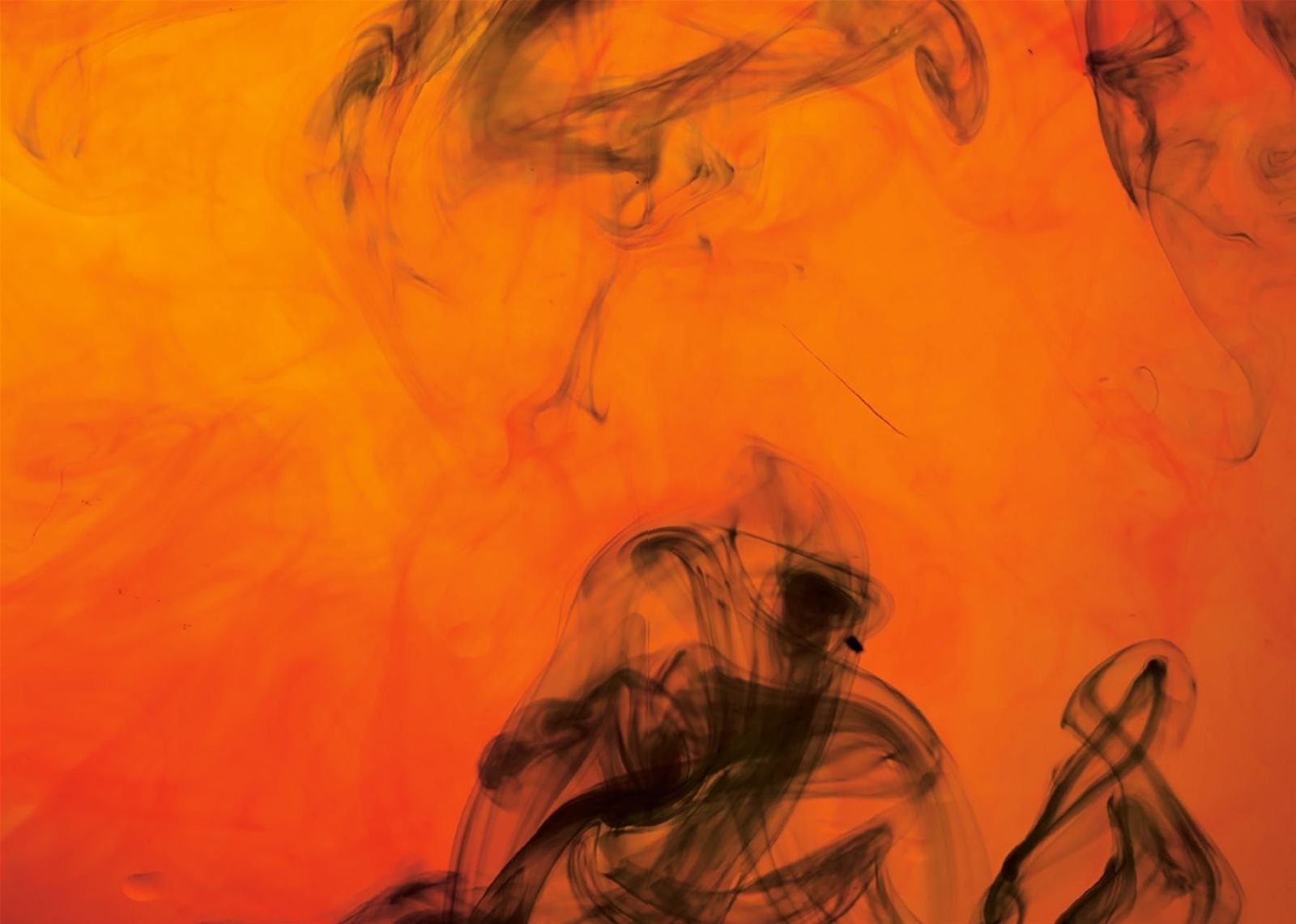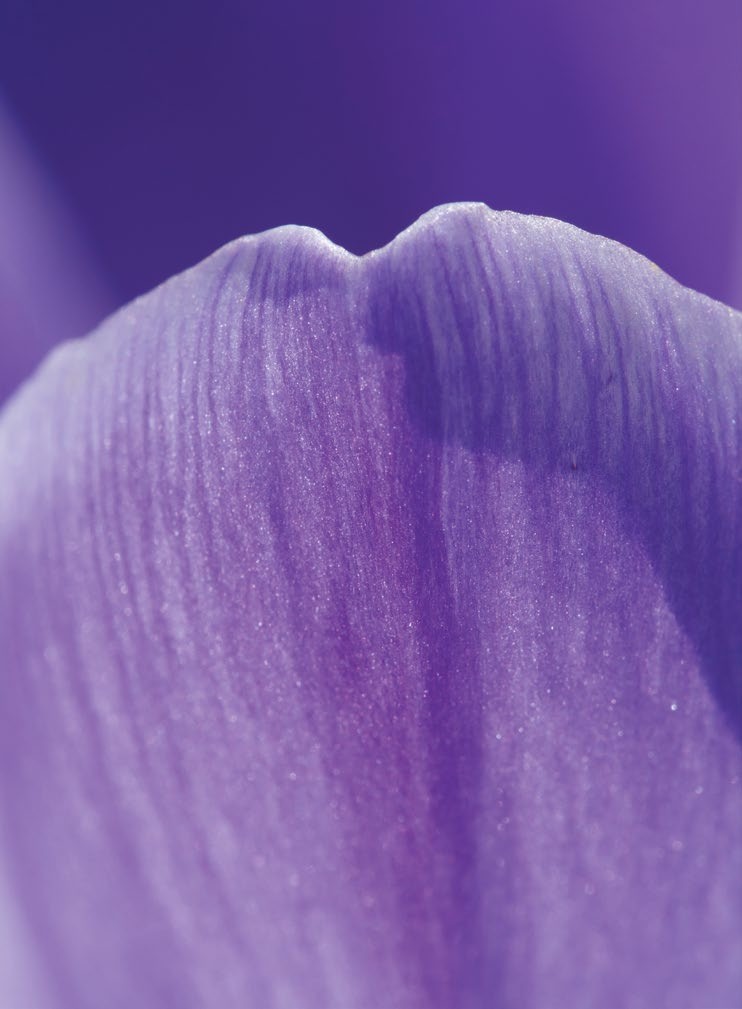
Pictured
Cut loose
Photography can be more than a representation of reality. It can transform subjects in a way that opens up a new level of perception for the viewer
Abstract photography is a dynamic and varied genre that presents endless opportunities to explore and unleash your creativity. In the early days of photography, there was little room for abstract frames. The first cameras served the sole purpose of capturing scenes as they appeared in real life, providing a more accurate depiction than paintings.
However, like most art forms, photography evolved and began to find its creative voice as a reaction against expressionism in the 1920s, when photographers such as Albert Renger-Patzsch freed the medium from its initial function. This period saw the emergence of movements such as New Objectivity and New Vision, where photographers embraced a fresh approach to discovering the technical possibilities of photography to showcase structures, forms and angles in innovative and exciting ways.
To create frames that offer a fresh and unique perspective on familiar subjects, the key is to break away from preconceived notions by transforming the ordinary into the extraordinary. This often means removing subjects from their usual context, which renders the functions of objects less important. Instead, the focus shifts to the optical characteristics of materials and colours.
To experience subjects in a new and extended way, we need to train our eyes and develop the necessary observation skills, while also trusting our vision. Breaking traditional photographic rules is an important part of this process, even though it may be easier for some than for others. However, abstract photography is a genre that allows us to have fun, experiment and discover.
Over the next few pages, we’ll explore some abstract techniques that you can adapt to other photographic genres and let you showcase your creative side. We’ll show you how to find fresh perspectives on everyday objects and familiar scenes, showing you how to transform them in a game of hide and seek with the viewer.

Pictured
Get close
Macro lenses let you transform everyday objects with underlining optical characteristics like material and structure
Turn reality around
Train your eye to detect the hidden visual qualities of everyday subjects
Any image that does not show reality can be considered abstract. Although people might perceive the level of abstraction in different ways, as long as the photograph causes the viewer to question what they are seeing, it can be considered a successful abstract frame.
The easiest way to portray any subject in an abstract way is to free yourself mentally from its concepts and functions. Abstract photography doesn’t have to explain what is depicted – in fact, the aim is not to do so.
The most important skills required for abstract photography are observation and perception. Freeing your mind from the functions that the material world and society have ascribed to the object you are shooting means you can alter the subject’s context from its reality. To do this, select an item of your choice and observe and analyse it. Take your time, turn it, get closer and see how it looks in different lighting. Work out what makes the object interesting or unique and concentrate on enhancing those features. Try doing this as a weekly challenge, with the aim of training your mind to look out for possibilities and also to become more familiar with the way your camera and lens work.
In terms of the composition, aim to give the viewer a direction to explore the image, using leading lines and a strong focal point to guide their eyes. While traditional composition rules, such as the rule of thirds and the golden ratio, are handy, it’s good to think more abstractly.
Especially when you are filling the frame with the subject, leading the viewer’s eye is crucial. Start by taking a wider shot of the subject and then get progressively closer with each photo. This will help you identify where the leading lines and other visually dominant elements are in your frame. Keep getting closer until the composition of the frame provides the viewer with a mystery to solve, where the subject is transformed and incorporated into a supporting composition.

Pictured
Fill the frame Monochromatic subjects can often create a calm and harmonic frame, letting the viewer focus on the details
BREAK THE RULES
When it comes to abstract photography, the sky’s the limit. Experimenting and overlooking the classic photography rules and techniques, for example, in terms of the shutter speed, will help you make even the most ordinary subjects appear mysterious and interesting.
BREAK THE RULES
When it comes to abstract photography, the sky’s the limit. Experimenting and overlooking the classic photography rules and techniques, for example, in terms of the shutter speed, will help you make even the most ordinary subjects appear mysterious and interesting.
Compress your image elements
Bringing elements closer together can help you to manipulate reality
Depending on the subject you want to transform, a telephoto zoom lens can be a great tool. Due to its versatility, it allows you to explore scenes with a different approach and from a different perspective than a macro lens. A zoom lens has more to offer, especially when photographing architecture. Due to its compressed perspective, the foreground and background appear closer together at narrow focal lengths.
However, telephoto zoom lenses aren’t cheap, and to avoid going over your budget, it’s a good idea to consider second-hand options. MPB is one provider of pre-used kit that carries out checks on the functionality of a lens before it goes on sale online. The Canon EF 70-300mm f/4-5.6L IS USM, for example, is a relatively budget-friendly professional lens with rapid, virtually silent autofocus.
Compress your image elements
Bringing elements closer together can help you to manipulate reality
Depending on the subject you want to transform, a telephoto zoom lens can be a great tool. Due to its versatility, it allows you to explore scenes with a different approach and from a different perspective than a macro lens. A zoom lens has more to offer, especially when photographing architecture. Due to its compressed perspective, the foreground and background appear closer together at narrow focal lengths.
However, telephoto zoom lenses aren’t cheap, and to avoid going over your budget, it’s a good idea to consider second-hand options. MPB is one provider of pre-used kit that carries out checks on the functionality of a lens before it goes on sale online. The Canon EF 70-300mm f/4-5.6L IS USM, for example, is a relatively budget-friendly professional lens with rapid, virtually silent autofocus.